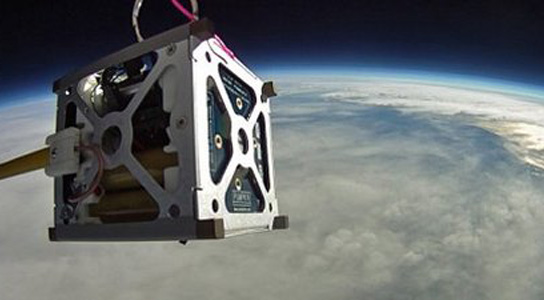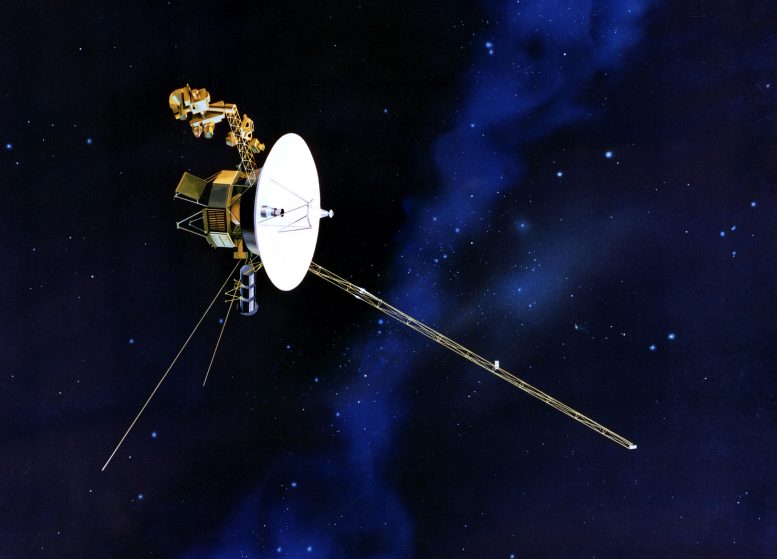
NASA’s PhoneSat project aims to launch low-cost, easily assembled satellites into orbit.
NASA is currently basking in the success of their Curiosity mission to Mars, but if the space agency hopes to continue to lead the charge in space exploration, it needs to find new ways of doing old things. NASA’s PhoneSat project aims to launch low-cost satellites, easily assembled, and place them into orbit.
Engineers have been tasked with using consumer off-the-shelf components to create their PhoneSats. The innards contain a Google Nexus smartphone and the whole satellite is powered by Android. The first iteration should cost $3,500 to build and will be powered by a Nexus One. It will possibly remain active for only a short period, but this should be long enough to beam pictures of space back to ground control.

NASA’s Voyager 1 spacecraft. Credit: NASA
PhoneSat 2.0 will use a Nexus S as its core, and include a two-way S-band radio, which allows engineers to control the satellite from Earth, solar panels for longer flights and a GPS transponder. The nanosatellites could be used to test new technologies and components for space flight. They could also conduct inexpensive observations of Earth.
Three PhoneSat systems are set to launch later this year, aboard a rocket to see how viable smartphone-powered satellites will be. The plan is to launch a new satellite every 3 to 6 months, incorporate improvements iteratively.









Be the first to comment on "NASA PhoneSat Plans on Launching Satellites Made From COTS Components"